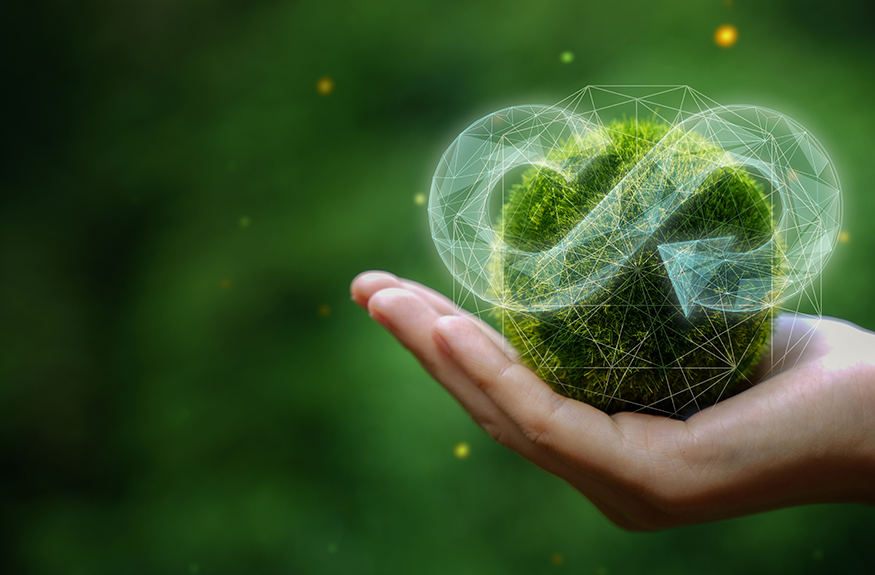7 Elements of the Circular Economy
The circular economy is a transformative concept gaining momentum as societies worldwide grapple with the challenges of resource depletion and environmental degradation. Unlike the traditional linear economy, which follows a “take, make, dispose” model, the circular economy aims to create a closed-loop system that minimizes waste and maximizes the longevity of resources.
At its core, the circular economy is about rethinking the way we produce, consume, and dispose of goods. It encourages a shift from the traditional mindset of single-use and disposal toward a more regenerative approach. Here’s a breakdown of key elements contributing to the understanding of the circular economy.
Design for Durability and Recyclability
In a circular economy, products are designed with longevity in mind. Manufacturers prioritize materials that are easy to recycle or biodegradable, reducing the environmental impact of the production process. This approach encourages responsible consumption by ensuring products have a longer life cycle and can be easily reintegrated into the production chain.
Closing the Loop with Recycling
Central to the circular economy is the emphasis on recycling and reusing materials. Instead of discarding used items, the goal is to collect, process, and reintroduce these materials into new products. This reduces the demand for virgin resources and minimizes the environmental footprint associated with extraction and processing.
Embracing the Sharing Economy
Collaborative consumption models, such as sharing, renting, or leasing, play a crucial role in the circular economy. By maximizing the utility of products through shared access, we reduce the overall demand for new goods. This shift encourages a sense of community and promotes resource efficiency.
Extending Product Lifespan
Repair, refurbishment, and remanufacturing are key strategies in a circular economy. Instead of disposing of products when they malfunction, efforts are made to repair and extend their lifespan. This not only reduces waste but also fosters a culture of responsible ownership.
Digitalization and Data-Driven Efficiency
Technology plays a pivotal role in optimizing the circular economy. Digital solutions enable better tracking and management of resources throughout their life cycle. This data-driven approach enhances efficiency, allowing businesses and consumers to make informed decisions that minimize waste.
Policy and Business Innovation
The circular economy requires a supportive regulatory framework to incentivize sustainable practices. Governments and businesses are increasingly adopting policies that reward resource efficiency and penalize wasteful practices. This creates a conducive environment for innovation and the adoption of circular business models.
Consumer Awareness and Education
A fundamental aspect of the circular economy is the involvement of consumers. Raising awareness about the environmental impact of consumption habits empowers individuals to make informed choices. Education campaigns and transparent labeling help consumers understand the life cycle of products and make eco-conscious decisions.
The circular economy represents a fundamental shift toward a more sustainable and responsible approach to resource management. It is not only an economic model but also a philosophy that challenges the status quo, promoting a harmonious coexistence between human activities and the planet.
To stay up to date on news and resources such as this and other topics of importance to the real estate industry, subscribe to the free CRE Insight Journal Newsletter using this link.









